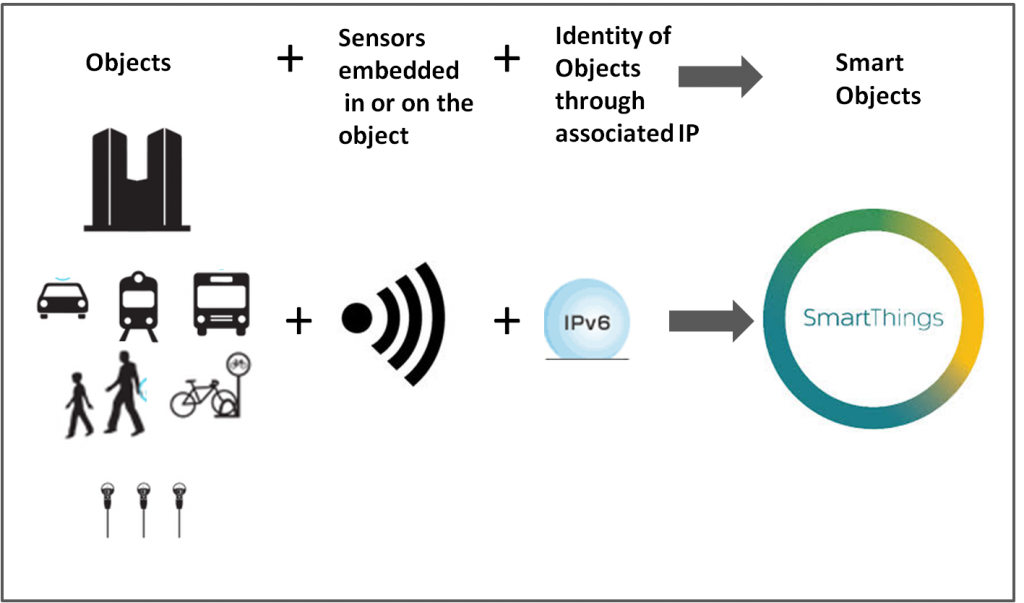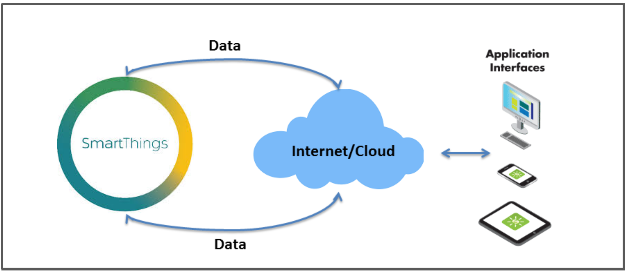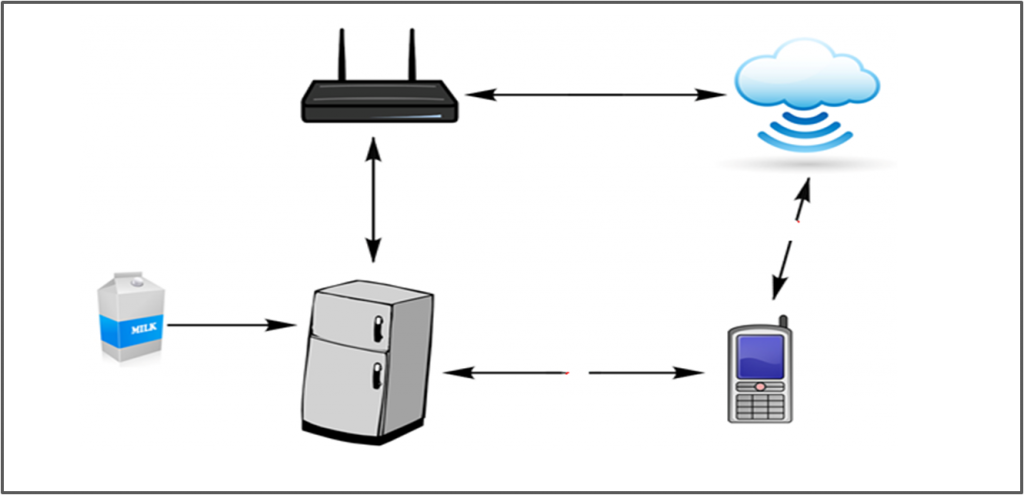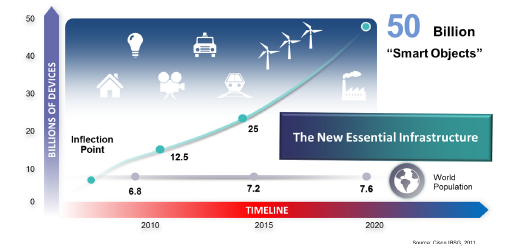We feel elated to inform you all that UST Global, a digital transformation solutions company, has announced a strategic investment in Smart software testing solutions (SSTS) Inc. The UST Global team sees great potential in our SaaS platforms – pCloudy and OpKey. This investment will give a boost to our efforts in helping Fortune 1000 enterprises adopt continuous digital validation through these platforms. As part of the investment, Vijay Padmanabhan, Chief Corporate Officer of UST Global, will join the SSTS board.
A comprehensive testing platform
Increasing adoption of mobile technologies, DevOps, and digital transformation are just some of the key factors driving the automation testing market, which is expected to reach approximately $19.27 billion by 2023. To lead the way in automation testing, pCloudy is providing a comprehensive app testing platform powered by AI and predictive analytics which enabled users to test their app from anywhere, anytime. Another product from SSTS is OpKey, a cloud testing platform providing scriptless automation testing of web, mobile, Salesforce, Oracle EBS, and many more applications on a single cloud platform. It can execute cross-browser tests for over 500 OS-browser combinations. OpKey supports test automation across multiple technologies with its core automation engine.
Delivering quality at speed
Both pCloudy and OpKey are signature cloud-based technology products of SSTS, focussing on making software development life-cycle more efficient. pCloudy targets the accelerated mobile application software space while OpKey focusses on traditional PC-based software. Sunil Kanchi, Chief Investment Officer and Chief Information Officer, UST Global, said that continuous digital validation across mobile, cloud and web applications has become a necessity for enterprises undertaking digital transformation initiatives. “This is creating a tidal wave of new opportunity as evidenced by SSTS’ impressive growth and strong customer base. By combining OpKey and pCloudy with our quality engineering practice, we hope to accelerate digital transformation for our customers.”
Disrupting digital validation
pCloudy has had a successful partnership with UST Global since 2018. Investment from a technology giant during these testing times is a testament to the product capability and huge market potential. pCloudy and OpKey already help 250+ enterprise customers to adopt continuous web and mobile testing and continuous ERP testing with zero overhead and accelerated go-to-market. The investment and partnership with UST Global will help bring more innovative features and disrupt the digital testing space.



















